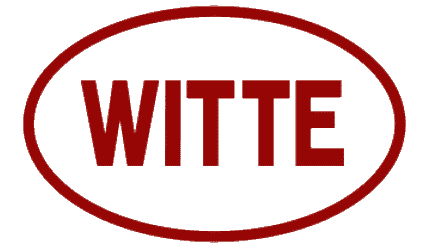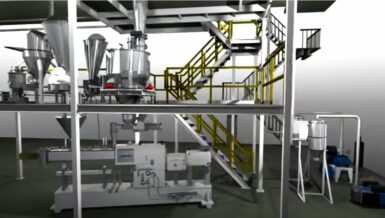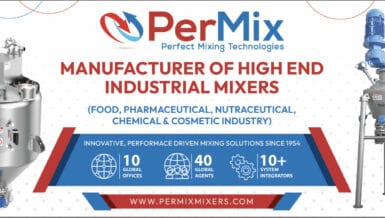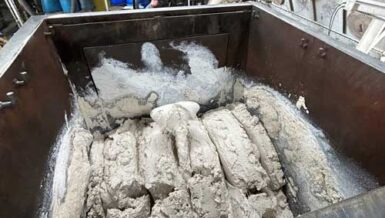And since each application differs from the next even when processing the same material, determining the ideal drying system can become a daunting task. Here are three key tips for selecting the right system, according to Larry Stoma, a design engineer for the process equipment manufacturer The Witte Co., Washington, New Jersey.
Know Your Product
To produce an end product that meets a desired set of characteristics, the design engineer needs to know not only about the desired end product but also about the product upstream as it flows into the dryer. Describing the target as similar to wheat flour or describing the material at infeed as a slurry is a start but it’s not enough detail. Knowing the particle size, shape, moisture content, stickiness, bulk density, and other characteristics at infeed and discharge is critical since different types of dryers excel with different particle sizes, shapes and types. A vibrating fluid bed dryer, for example, excels when particles measure one inch in size or smaller. For larger particles, consider a belt conveyor dryer.
Know Your Maintenance
Consider the maintenance capabilities in the plant. How many technicians on staff can properly disassemble and clean a drying system to FDA requirements, then put it back together and restart the process while keeping the product on-spec? If a part needs to be repaired or replaced, does anyone know how to diagnose and fix the problem? Given the high cost of downtime and the challenge in finding maintenance talent, choosing a dryer with few moving parts for as little maintenance as possible is recommended.
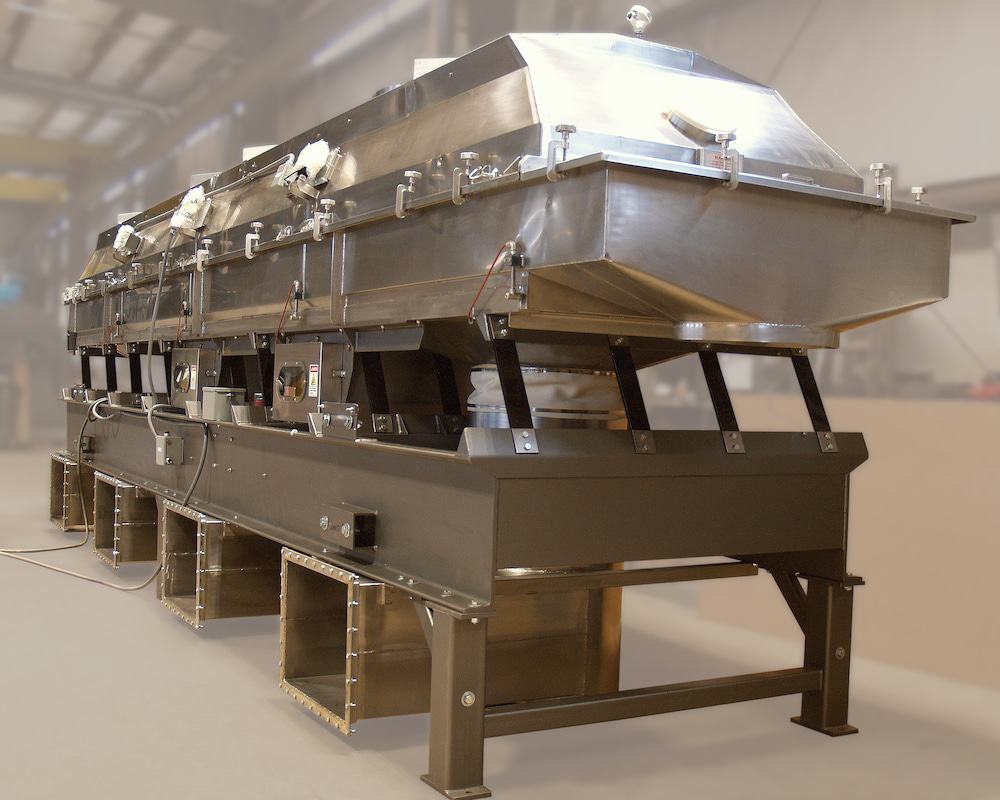
Know Your Regulations
Most dryer manufacturers know the safety and environmental regulations involved at the federal level and can offer guidance on designing a drying system that meets these requirements and minimizes the need for permitting and reporting. However, regulations at the state and local levels may conflict with federal regulations, and with each other. Verifying the regulatory requirements involved at the plant’s location early in the process can significantly affect the choice of drying system, speed the process and save on costs.





